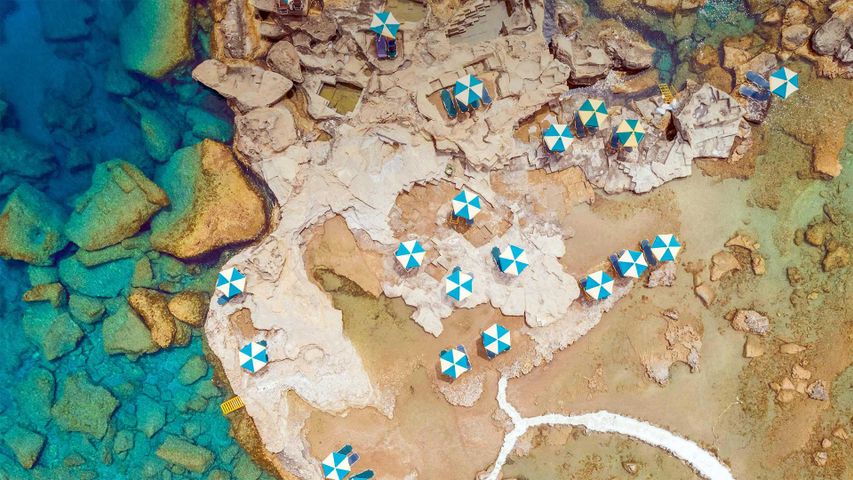Solar eclipse sequence from August 21, 2017
© Lindsay Daniels/Tandem Stills + Motio
A diamond ring around the moon. Sequential images of a total solar eclipse
Today, lucky observers in South America will see an awesome event similar to the one captured in the composite of images on our homepage. They were taken during the Great American Eclipse of 2017.Just how does the moon perfectly blot out the sun? Through an amazing coincidence, the sun is both 400 times larger than the moon, and 400 times farther away from us here on Earth. Therefore, periodically, when the sun, moon, and Earth are aligned just right, the moon can perfectly obscure the sun as seen from the surface of Earth in a total eclipse. But, unlike the sun, the moon is not a smooth sphere; therefore, in the last few moments before the eclipse reaches totality, we see Baily's Beads. In 1836, English astronomer Francis Baily was the first to explain that the phenomenon is created by sunlight passing between the mountains and through the canyons of the moon. Some folks also refer to it as the diamond ring effect. But whatever you call it, it’s undeniably brilliant.
Related Images
Today on Bing

Veluwemeer Aqueduct, Netherlands

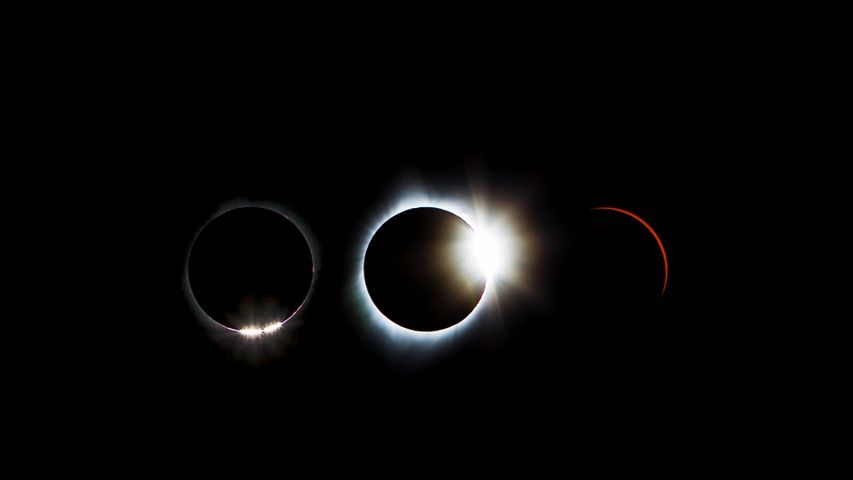
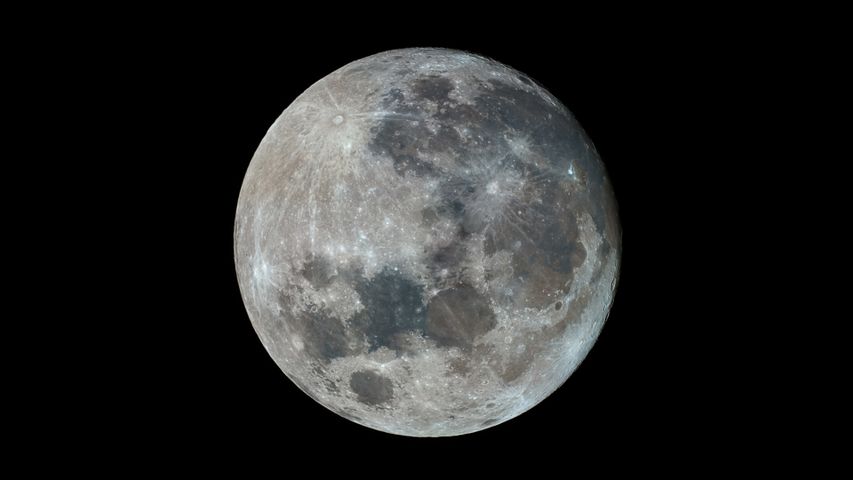 The moon
The moon
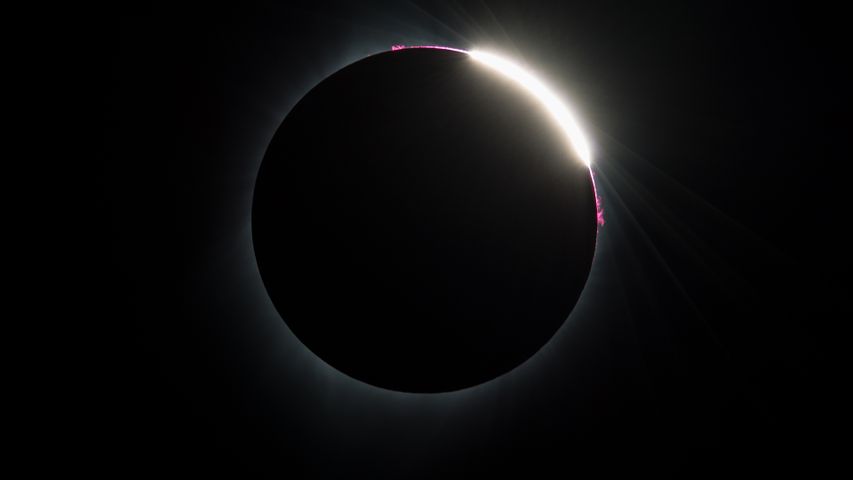 Total solar eclipse photographed from Madras, Oregon on August 21, 2017
Total solar eclipse photographed from Madras, Oregon on August 21, 2017
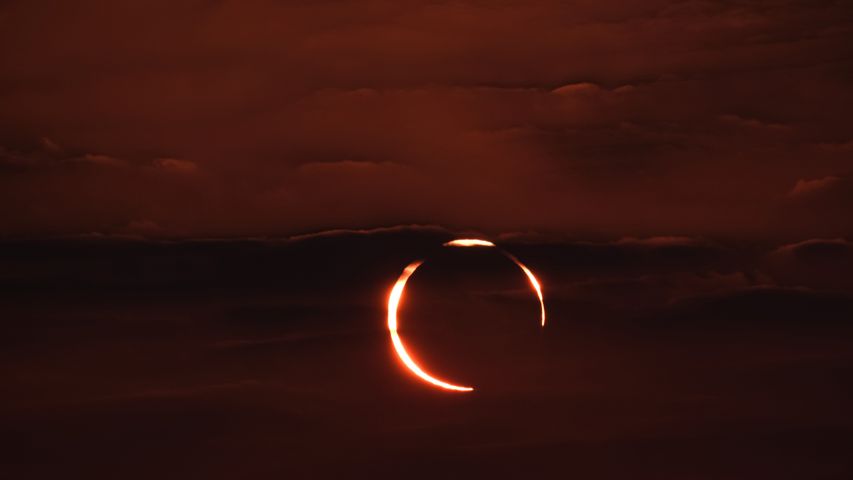 'Ring of fire' annular solar eclipse, Doha, Qatar
'Ring of fire' annular solar eclipse, Doha, Qatar
 Jiaxiu Tower under a full moon, Guiyang, Guizhou province, China
Jiaxiu Tower under a full moon, Guiyang, Guizhou province, China
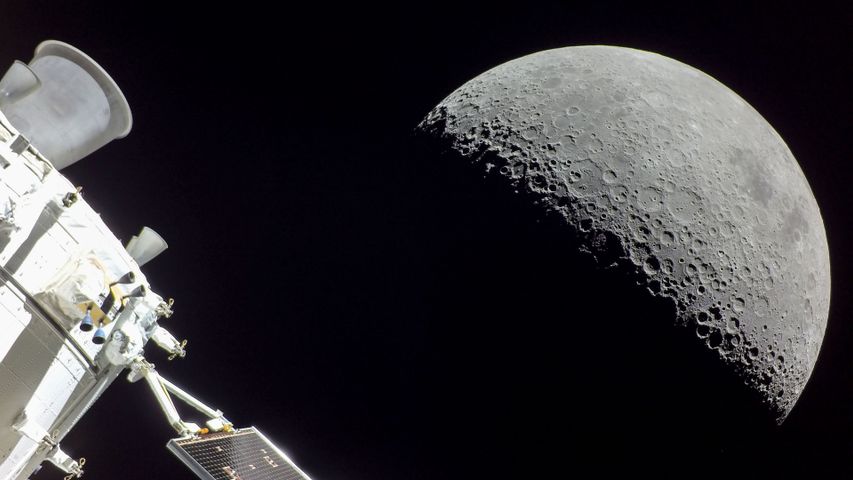 The moon seen from the Orion spacecraft of NASA's Artemis mission
The moon seen from the Orion spacecraft of NASA's Artemis mission
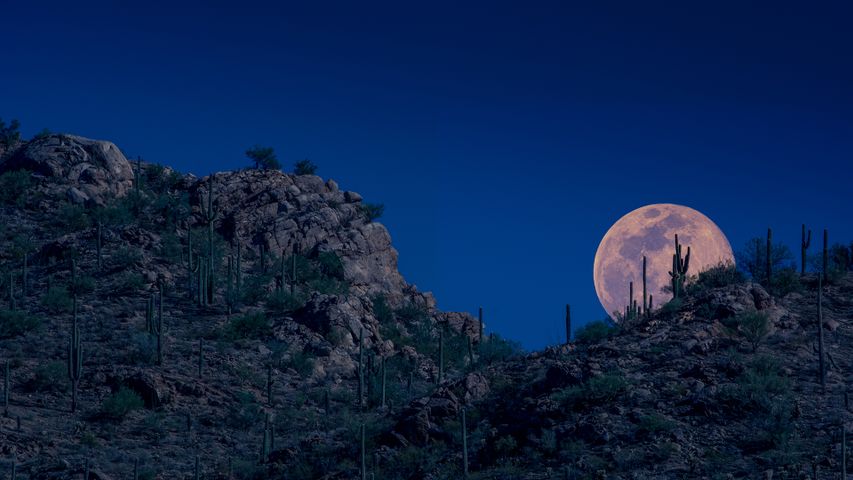 Moon rising, Tucson, Arizona
Moon rising, Tucson, Arizona
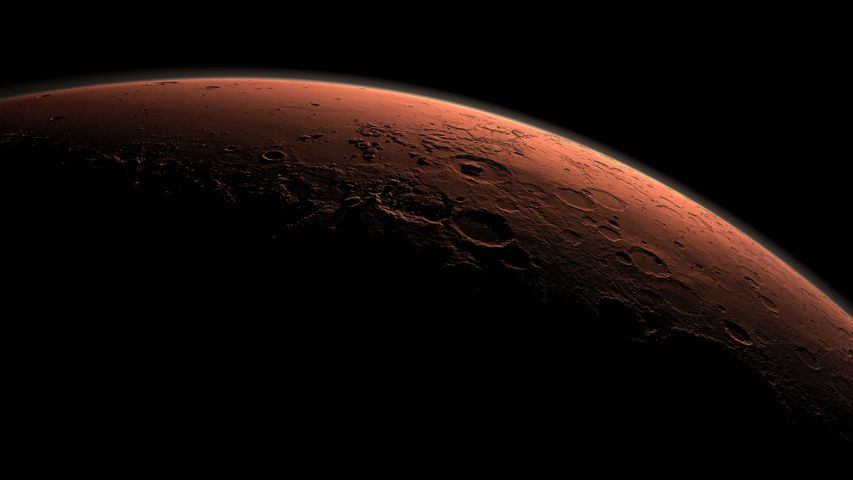 Mars
Mars
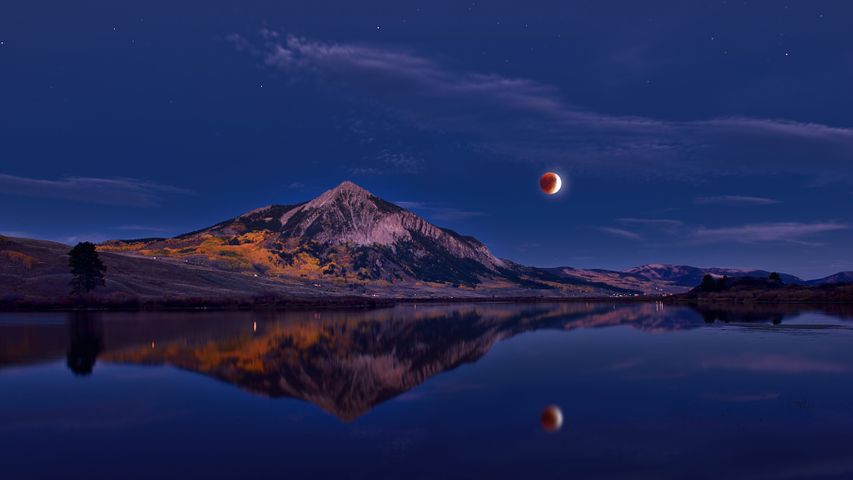 Lunar eclipse above Mount Crested Butte, Colorado
Lunar eclipse above Mount Crested Butte, Colorado


